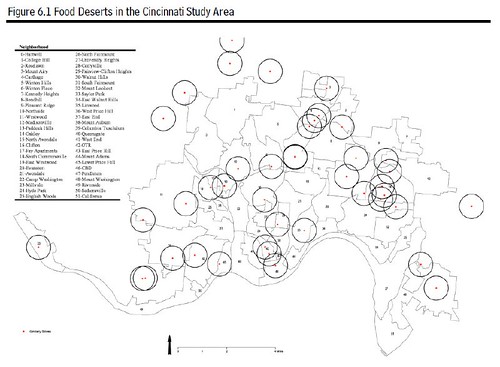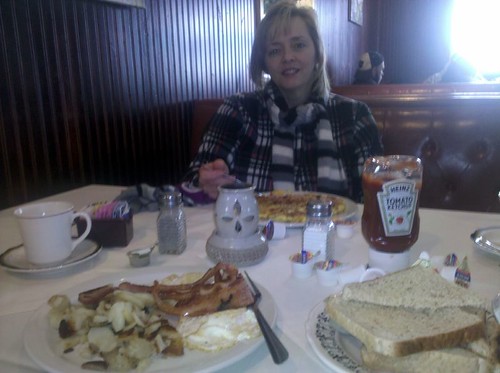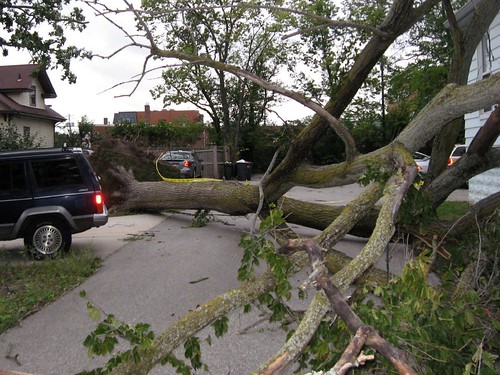As we start to head into another Presidential election season, I want to write more about political issues, but I’ve always been a little shy of blogging about it because I live in an area that has overwhelmingly different political views than my own. Â Since I moved to Green Township (a western suburb of Cincinnati), I’ve voted in nearly every single election and most primaries, but the candidates or issues I voted for have only won maybe a half a dozen times in 8 years because this is such a conservative area.
Feeling unrepresented at both the local and state level (nevermind the national level) gets a little depressing after a while, and realizing just what a minority view I hold in this area of the country has made me hesitant to post about it. Â Still, I think we have a civic duty to speak up and be heard, so I’m going to start by just putting some of my core political beliefs out there.
~
I consider myself a progressive.
It’s been a long time since I’ve read an official definition of progressivism, but to me, at its core, to be a progressive means to believe in the ability of people to improve the human condition and our way of life – that we have the intelligence and ability to analyze our situation, discover where problems lie, and fix them. It is above all a hopeful viewpoint that refuses to give in to despair.
I believe government is not only necessary, but that it can create positive social change in ways that the private sector or other public sector actors simply cannot. It is popular these days for people to argue that government isn’t necessary at all, for example a leading Republican candidate for president recently argued that the federal government had no business helping victims of hurricanes, but as a progressive, that’s exactly the kind of thing that I think government can and should do. In the face of widespread natural disasters, I believe government has a duty and an obligation to care for its citizens.
Further, in my view it is the government’s job not just to protect and defend the people and our nation as a whole, but also to protect the average working person from the greed and excesses of the wealthy, the under-privileged from the excesses of the over-privileged, the minority from the tyranny of the majority, and to create the kinds of “public goods” that the private sector will never provide because some of the most important things in life can’t be quantified in dollars and cents and there is no profit motive to provide. Â Some things are simply more valuable than money – like clean air, safe towns and cities, safe food and water supplies, and an educated and healthy populace.
I also believe Science is one of humankind’s greatest achievements and our only hope of dealing with some of the most pressing environmental problems of our time like climate change, depleting petroleum-based energy sources, and dwindling supplies of water. Science also is responsible for our increasing life span, reductions in infant mortality, improvements in cancer survival rates, improvements in nutrition, and a whole host of other improvements to our general health that were often funded by, you guessed it, government.
Government can and should fund fundamental science and research for the benefit of society at large, in my view, and all of that is absolutely dependent upon a population with a solid education. Â Without public education, this nation would never have achieved the triumphs of the last century and we won’t achieve triumphs this century if we don’t make our schools and education system a true priority. I simply can’t understand those who would abolish the Department of Education or the National Institutes of Health or NASA, or any of the other government agencies who are tasked with educating our people or researching cures for diseases and future technologies.
Another thing that really frustrates me, especially in our political discourse, is that our public rhetoric doesn’t seem to allow you to be considered a spiritual person unless you are some variant of the big three religions.  I disagree with that entirely.  A person can be spiritual and compassionate and caring about their fellow man without being religious, and despite what the media might say, conservatives don’t own the market on spirituality. I want the other political parties to recognize my spirituality, government to protect me from having the religious beliefs of others forced on me, and both to allow me the freedom to practice the kinds of charity, volunteerism, and public service that I feel called to do.
I also want government to protect my right to make decisions about my own body. I believe one of the very best things a society can do for women is to provide access to affordable birth control and reproductive health care services so that we have control over our own lives and can choose when and how and the circumstances under which we have children.
And speaking of control of our own bodies, the criminalization of certain categories of drugs has been about as successful as Prohibition was (in other words a total disaster), and though Prohibition was a classic political goal of the Progressive Era, I’d like to think the progressives of then would appreciate how much we learned from Prohibition and would oppose the War on Drugs now. Just as Prohibition ended up greasing the wheels of organized crime and political corruption then, the War on Drugs serves the same purpose now, and I want our politicians and governments to acknowledge this and treat addiction as the sickness it is instead of imprisoning those who suffer from it.
Finally, as a progressive, I have been utterly and absolutely appalled by our government’s response to the economic crisis our country has been in for the past three years.  From the bailouts of the big banks and large corporations to the focus on cutting spending on social services when they are needed most, it certainly feels like all the election rhetoric about needing to help Main Street and reign in Wall Street was simply fancy talk.  Instead I know more people out of work or fearful of losing their jobs, more people struggling to find work or pay for school, more people struggling to make mortgage and rent and car payments, and all of us struggling with higher gas and food prices.  I think the Obama Administration should be ashamed of itself for the condition of the American worker – it was so hard to swallow Obama’s speech on Labor Day that I had to turn it off.  I believe government absolutely has a role to play in ensuring that every American who wants to work can and that those of us who do shouldn’t be ripped off by the Presidents and CEOs and shareholders at the top of the pyramid.
~
I’m sure I could go on, but these are just a few of the core things that are important to me politically and I keep hoping to see these beliefs represented at ANY level of government, local, state, or national. Â But I don’t see much of it and I’m really not sure why. Â I think people get so caught up in labels and boxes, so caught up in the election horse race, so invested in a particular political party or cause that they stop even thinking about what their actual core beliefs are.
It’s hard not to get so jaded by how corrupt the whole mess is that you tune out completely, but despite all the cynicism and corruption, the progressive in me wants to remain hopeful. Â The progressive in me still believes that we’re smarter than this, we’re better than this, that we CAN do better.
I’m just not sure how.









![Reblog this post [with Zemanta]](http://img.zemanta.com/reblog_e.png?x-id=9e33f733-af87-47b4-9629-1f594b072d85)

![Reblog this post [with Zemanta]](http://img.zemanta.com/reblog_c.png?x-id=7cffd73b-bd95-4175-8da9-40d874050998)